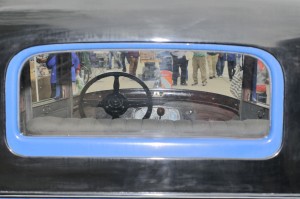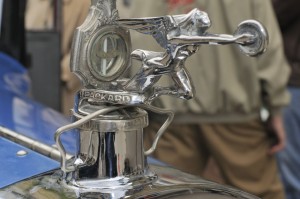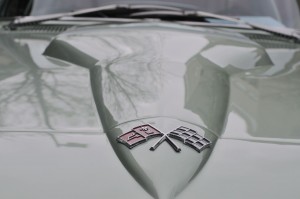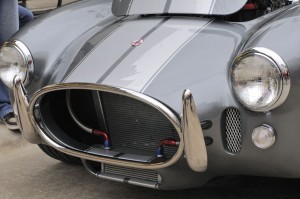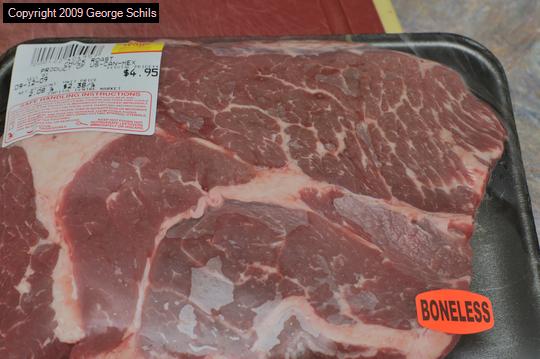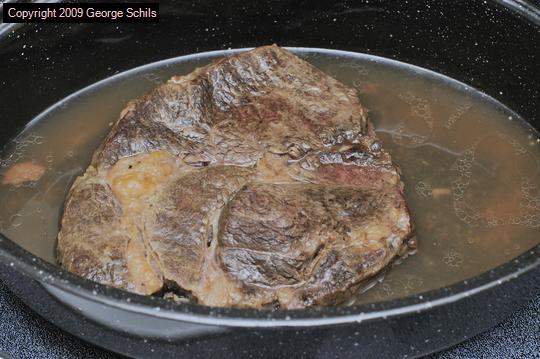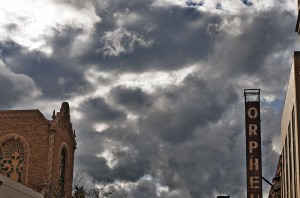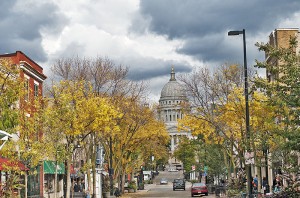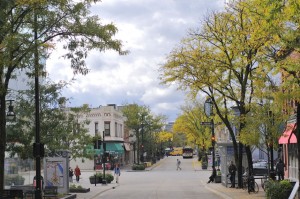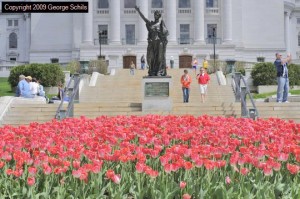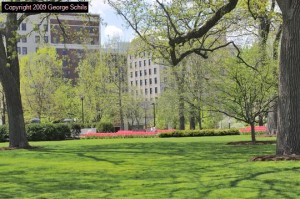The State Capitol is pretty in spring. It is actually pretty throughout the year. Here are two nice shots of the pretty tulips decorating the Square.
All posts by bean
Digital 4×5 photography in 1986 – the Space Plane
My photography / graphics portfolio includes this computer generated and computer enhanced image. It is neat to do a graphic that appears in a major magazine like Popular Science. This same image also appeared in around 10 or so other magazines around the same time frame of 1986. Two magazines that this also appeared in are: Aviation Week and Space Technology, and Discover magazine. Sometime I may collate or take pictures of these other appearances just for the digital record.
This graphic got so much attention. It is somewhat stunning though. This work is associated with some work on holographic pattern recognition called the lock and tumbler filter. The technical work was interesting and involved signal processing, mathematical Fourier decompositions, other advanced mathematics, computer simulations, the making of state of the art holograms, and laser laboratory work. But the graphics was so stunning that it stole the show.
The graphics software was all custom code written by myself. So was the pseudo coloring software. This was before Photoshop. (You could not do this in Photoshop).
- The simulations were written in Fortran 77, were written by myself, and were run on VAX machines (probably a VAX 780). I wrote the drivers for the color display; it used QIOW constructs – special VAX architecture I/O below the ACP.
- The photo was a special state of the art accomplishment also. The photo was a 4×5 photo taken off the analog RGB lines of the AED 767 display screen using a custom modified Matrox camera. This was a 4×5 film photo of a digital screen. (Jim Van DeVerde (sp?) did the custom electronic modifications.)
- I took the picture of the plane-looking image and Don took the picture below it in the Popular Science article. (This was before Ellen joined the group.) The second picture was the real hologram, and the picture is of its phase. The first picture, “the plane”, was really a double check on the codes in which 30 Fourier harmonics were recombined to reproduce the original. It is the “rotational Gibbs phenomena” that makes it look pretty when pseudo-colored.
- If you Google “George Schils” or better yet “G F Schils” you can look at some of the associated publications on pattern recognition and rotation invariance. This was an interesting piece of work.
I became known for stunning graphics and there was other fantastic graphics besides this Popular Science appearance. (I believe some of my viewgraphs were used for presentations to Congress.) It probably cost me my career in science, unfortunately, although I was probably better at the mathematics than the graphics.
The national labs are cool because just about every aspect of the problem was state of the art. (I could say a lot more about our video lab.) When a problem is in the national interest, they can muster tremendous forces, and they have tremendous capability, talent, and laboratory facilities on hand.
Some other comments about the co-workers in this article:
- Ellen (Ph.D., Stanford, electrical engineering, nonlinear optical photo-refractive crystals) became an astronaut and flew on the Space Shuttle.
- Don with his ability in optics (he was a full professor at Perdue and left for Sandia) worked on leading X-ray lithography techniques for next generation deep UV and X-ray semi-conductor optics, after this. The current generation of chips is due very much to him.
I still remember living in Livermore, the fresh smelling grass (not the kind in Madison – I have never smoked “pot”) while driving to work along a back country road and turning on either Vasco or Tesla Roads to get to work. I would drive alongside vineyards. I would go by Concannon Vineyards every day, for example. My commute was around 10 minutes. Then there is the Livermore Rodeo – yes they hold a yearly rodeo. At first you laugh at this but then after a while you like it. And the Danville Livery and Saloon still stands and makes you wonder what century this is, but as rich people in their Ferraris drive by it, well, you don’t laugh anymore. And girls in Livermore! Well, Jessica Simpson would be below average in Livermore! It’s a bit like a James Bond thing.
I would like to say more in my autobiography.
Classic cars for year 2009
Here are some pictures of classic cars. These photos are from the Cars on State display. More photos of Cars on State for year 2009 are found here.
Looking back, as the next picture shows, we see a glimpse of a few of the older cars of yester years.
Pretty flower photos from summer 2009
Here are a few flower photos. I find flowers to be quite difficult to photograph. Some of the shots below are close ups.
These photographs were taken sometime during the last summer at the Madison farmer’s market.
Well, I’m not very verbose for once. You’ll just have to let the pictures do the talking.
These pictures are best viewed large. However, clicking on each photo gives a much higher resolution version.
My first chuck roast
This is the first chuck roast I have ever made and I am even writing a cooking column on it. It also has been around 20 years since I have made mashed potatoes. I ventured ahead and tried to make a masterpiece of a meal for relatively little money, and generally things were successful. I had olive oil on hand but had to go out and get some corn starch for the gravy.
Here meat is on sale marked down substantially. The chuck roast here is $2.38 / pound.
Chop some vegetables and stir fry them in olive oil.
Here they are coming along nicely.
Shown below the meat is coming along nicely. Put in a little water as it cooks. Here I put in a little too much water. The runoff from the meat is for the gravy. Pour this runoff into a cup, skim off the fatty oil if you can, and then mix in some corn starch for a tasty gravy and for thicker substance.
The potatoes are cut and boiled until soft. Then pour in some milk and use a masher to mash. I did not have any butter, but it is better to mix in some butter also.
The final meal is shown below. Of course one cuts away the fat from the meat. The mashed potatoes were a little lumpy, but for me this was still a great accomplishment.
Autumn on State St. on a stormy day
Signs of autumn on State Street
A dog in a street side cafe
Pretty tulips in spring around the capitol
Are you GR insecure?
Granola street-rubbish photographer feels insecure about GR.
Coffee shop GR
On a few occasions I have had some physics discussions in the local coffee shops. We touch on topics like relativity and I have mentioned that I have actually studied GR (general relativity) and worked through by hand most of the difficult tensor formulas, such as the Bianchi identity, for example. Now computer algebra packages can work through many of the grunt tensor calculations, which can get tedious. (They were so tedious that Einstein invented a special notation, called the Einstein summation convention.) Any way students are often present and often they react as “ooooh, aaaah – wow, he gets relativity”. And actually indeed this is somewhat impressive, and it is nice that many people react this way. If you think GR is easy, try working through some of the tensor gravity formulas! And this is good stuff to know. I am definitely interested in this material. There are coffee shop regulars who will call you a super genius if you know this stuff, and this is nice, too. The support goes a long way. (I have been called a lot of other things, and some not so nice.) You can get some respect around here for knowing some of this stuff.
Indian restaurant GR
When I first moved to Madison I walked around taking pictures. (I still do this). A fellow had the same camera and we started talking, and after a short while I learned that he was a physics major, who was doing his Ph.D. and who had also earned a masters degree in physics from Cambridge in England. Well, ok.
We agreed to have dinner and had dinner at a nice Indian restaurant on State Street, and we talked physics. His Ph.D. work involves applying a martingale technique to image estimation and reconstruction problems in astronomical imaging. (He found some nice things including a new algorithm for dramatic computational complexity improvement for some restoration problems.) After that we went over to the Memorial Library, got a library booth, and he worked through the notions of GR in around 30 minutes and pointed out some interesting things he had found. He asked me to review his paper called something like “Notes on General Relativity” but I do not know how to do Lie derivatives (yet), so I said no.
I’m some guy who moves to Madison after doing some c-language debugging for manufacturing robotics and other things in Silicon Valley; and there is no interest in this physics in industry. So it was neat to see that I could still be “intelligent” in the discussions, and ask smart and hard questions. This is a bit of a shift from industry debugging to high physics. You think you have lost the ability, but it’s still there.
Other people
I have met some other people, too. I won’t give all the names.
Enter Mike Iltis
Then I meet Mike Iltis while I was walking around taking pictures. He was having an intense discussion on State Street involving U-238 and I said “cool it dude, it sounds like you’re giving away secrets.” This is sarcastic in that it is public image that matters and not truth.
Some time has passed, and well, Mike sent me another one of his usual and typical e-mail’s, which I love getting, BTW. So, ummm, here are just some fancier papers on categorical quantum gravity, space time topology, and other fancy stuff. Well, that’s Mike. One of my goals is to learn and understand all of this material.
It’s not too hard to feel dumb pretty quickly. It’s good that the students think you’re smart. So much for feeling GR secure though.


